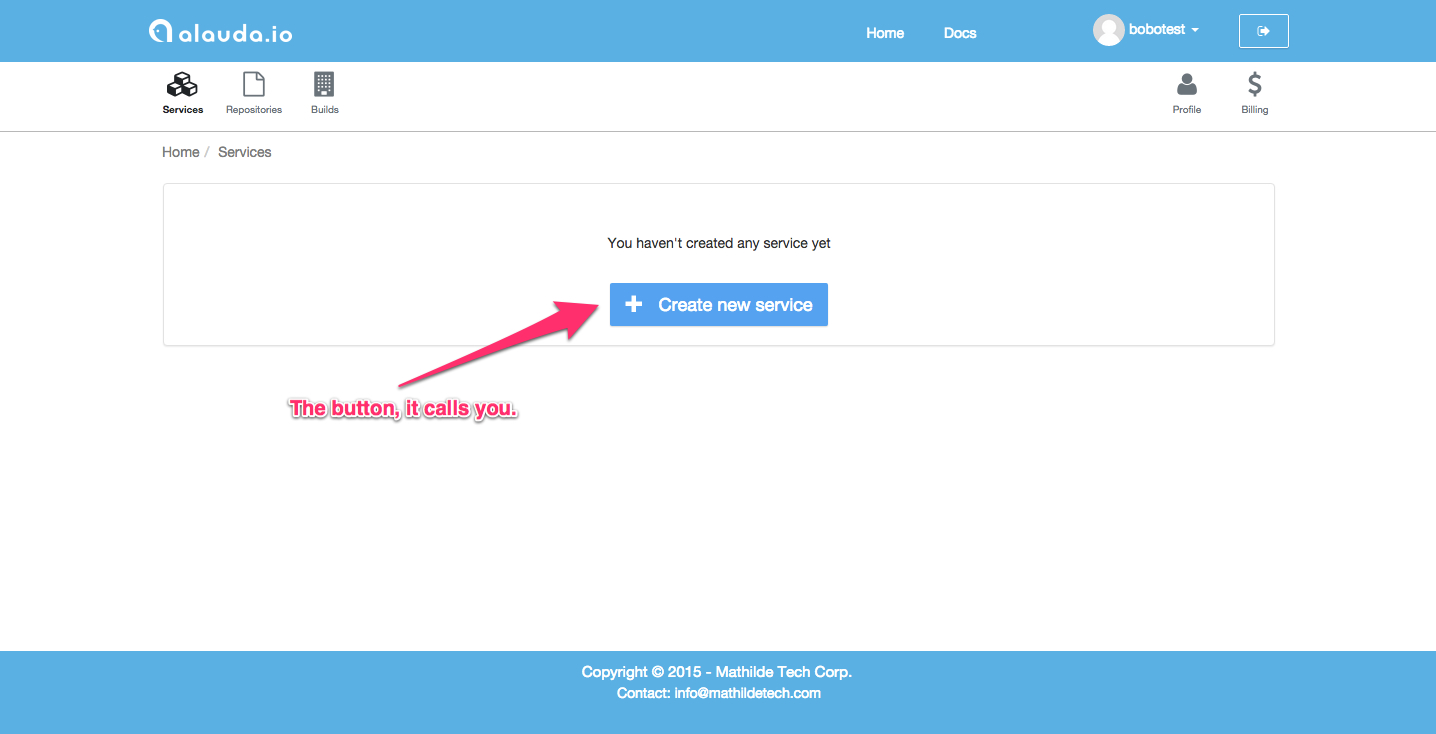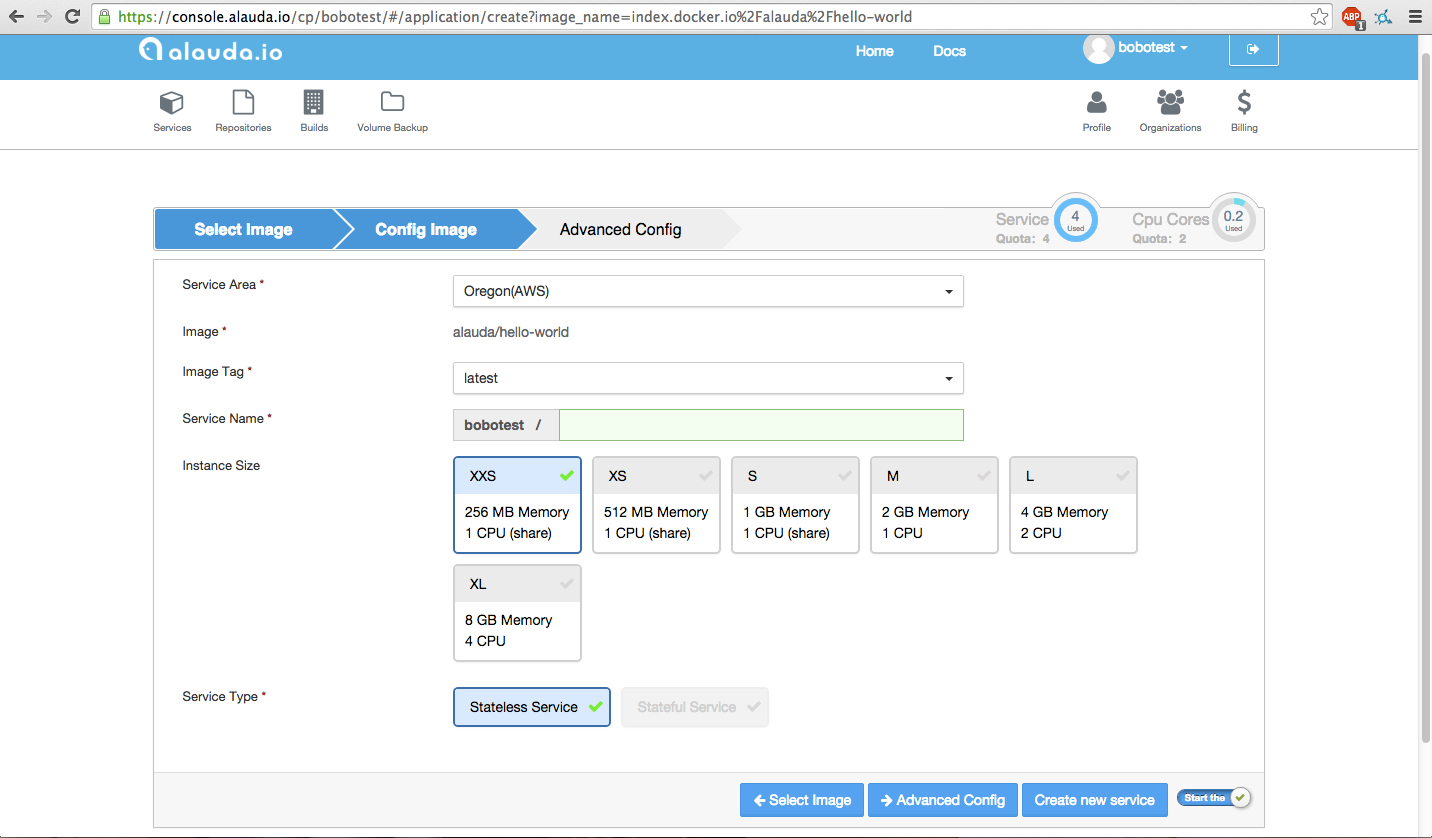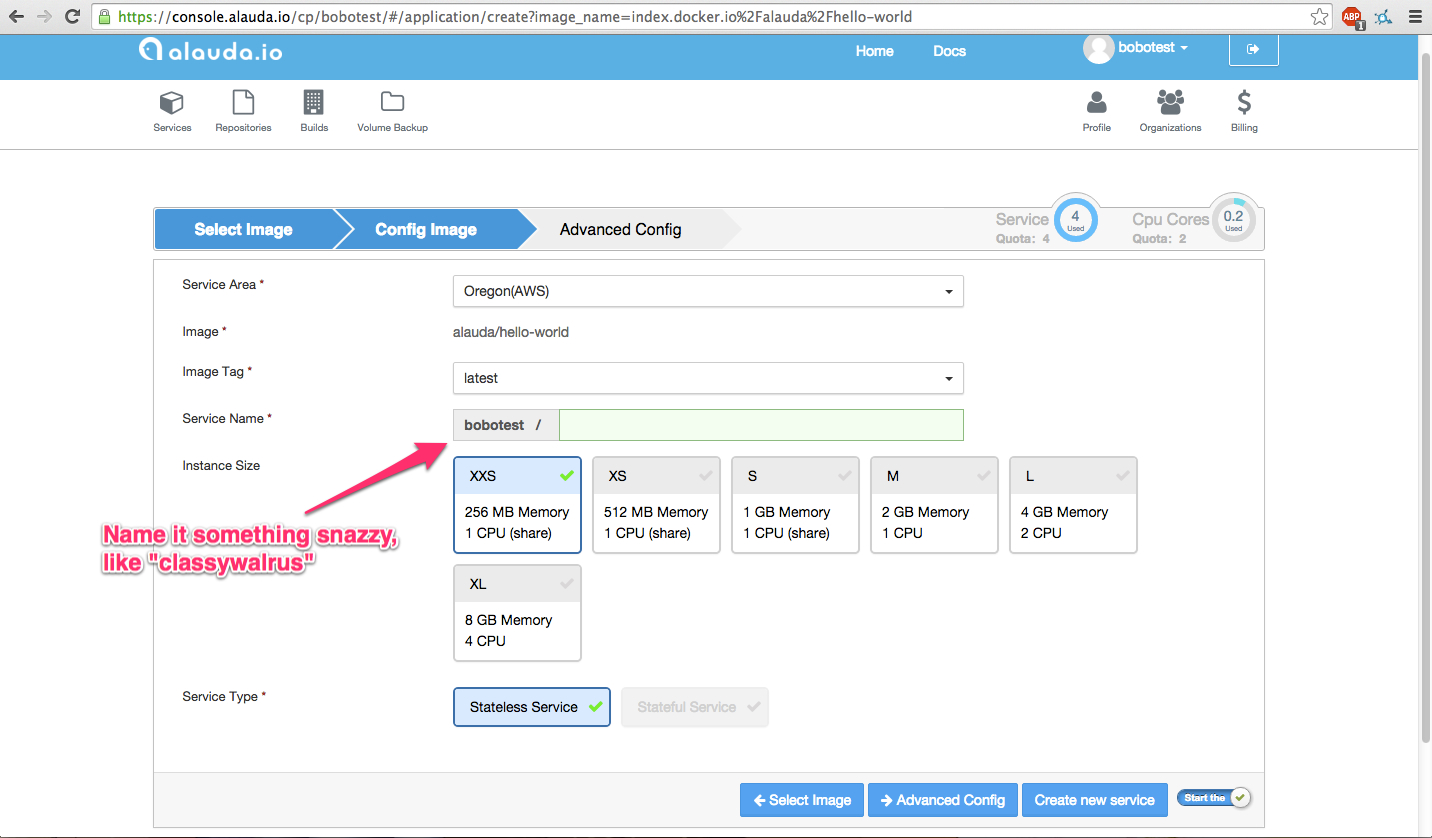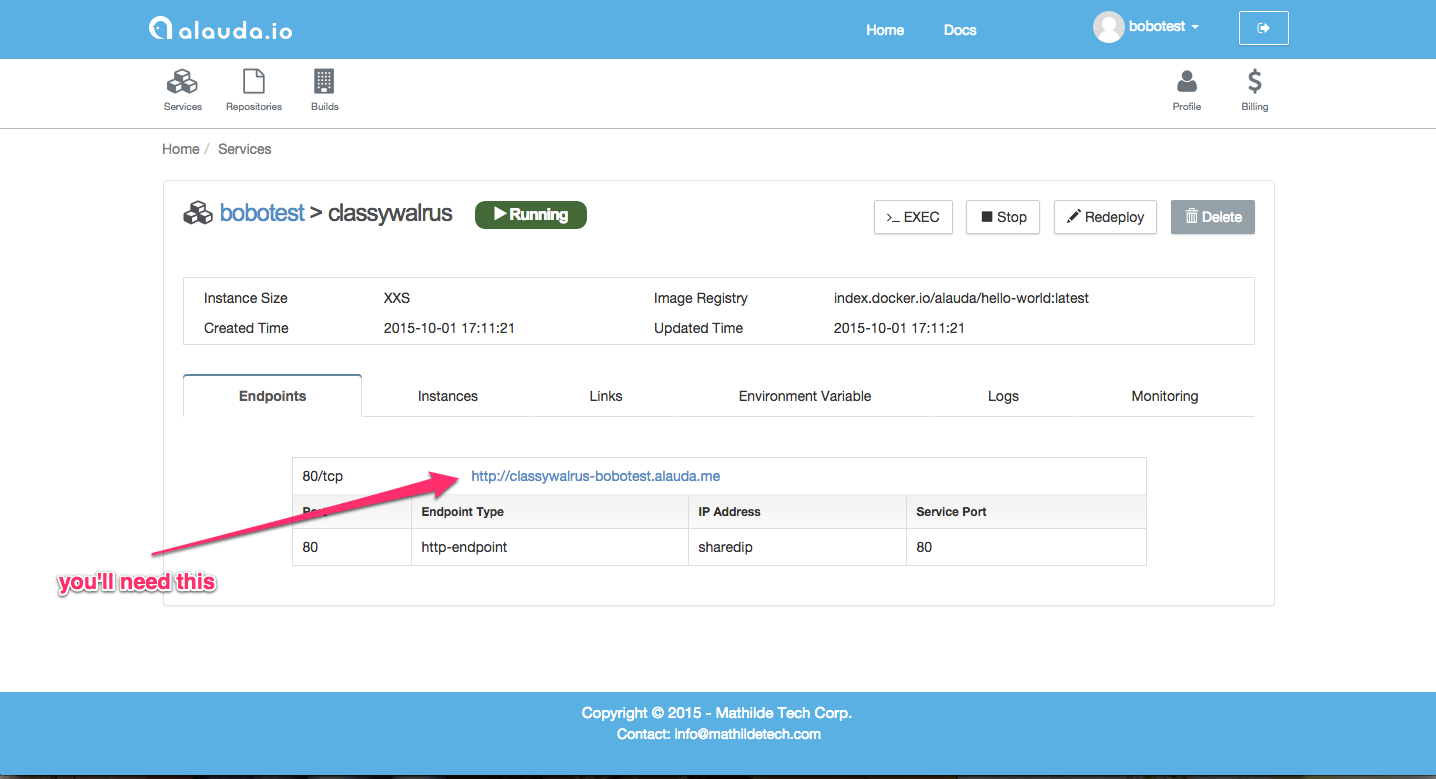Chapter One: Hail, World
Alright, let's get things rolling. If you want to master the Cloud of all Clouds and get us back to Alauda, we're gonna have to start with the basics. Let's start with getting a Container up and running.
Haven't heard of containers before? Keep reading. Already know what's up? Skip ahead - just look for the next horizontal line.
My young padawan, Containers come in all sorts and sizes.
Sometimes Containers even get lost, and need a little help getting back to where they're supposed to be.

Of course that won't happen with you, becuase Alauda Containers are The Best™.
As it turns out, Containers aren't even a new concept. BSD "jails" (a much less marketing-friendly term) have been around for over 20 years. Simply put, a Container is a sandbox. It isolates the mayhem and wonder that is your Program from all the other Programs running around the Operating System. That way everyone can share common tools like buckets and shovels while Respecting Boundaries.

Software Containers are just like the shipping containers they're named after. Shipping containers are convenient for transporters: they only need to know how to ship one thing. They're convenient for customers: you can put anything inside a container. And they're convenient for customers at all scales. Have a lot of stuff? Stack a lot of containers.

The same advantages apply to software Containers, of which Docker containers are currently the most popular. A Container is standardized so it's easier to deploy them (docker run). Second, the Developer can put any kind of application on the inside, so it makes for a great interface between Developer and Operator. Third, you can stack and link Containers together to make them composable, which unlocks scale.
All that power, from one little standardized sandbox.

What this all boils down to is more Efficiency. Programs run faster and pack tighter, allowing us to use computing resources better. Launch times are faster too - meaning developers adventurers like yourself can fail fast and succeed even faster. And with Containers flying around all on their own, your Microservice Architecture can fully exploit independent scalability.
Enough about Concepts. Let's get down to the nitty gritty and launch one of these suckers :D
First things first, login (you do have an account, right?).
You'll be greeted with the following. I think you know what to do...

Next comes choosing the Gallery...

I think I see what we want...

Ooh, ahh, woah....

Pretty, isn't it?
To get started quickly, all we need to do is give our Service a Name. This power is cleverly hidden in the Service Name field. We must also select an Image Tag. Tags allow us to differentiate between versions with ease (default: latest). Since we just want to test things out, let's leave our Instance Size at XXS.

Advanced Config has some additional options, but we'll leave them be for now. Adventurer, we are well prepared. We have christened our Container Classy Walrus with a superb name, readied ourselves an excellently-sized XXS vessel, and are now ready to embark. Onwards!

It has launched. Quick now! Copy the URL!

What, are you just standing there? Go and put the URL in your browser!

There it is, Adventurer, our first ever Service. Isn't it beautiful?
You notice Alana wipe a tear from her eye...